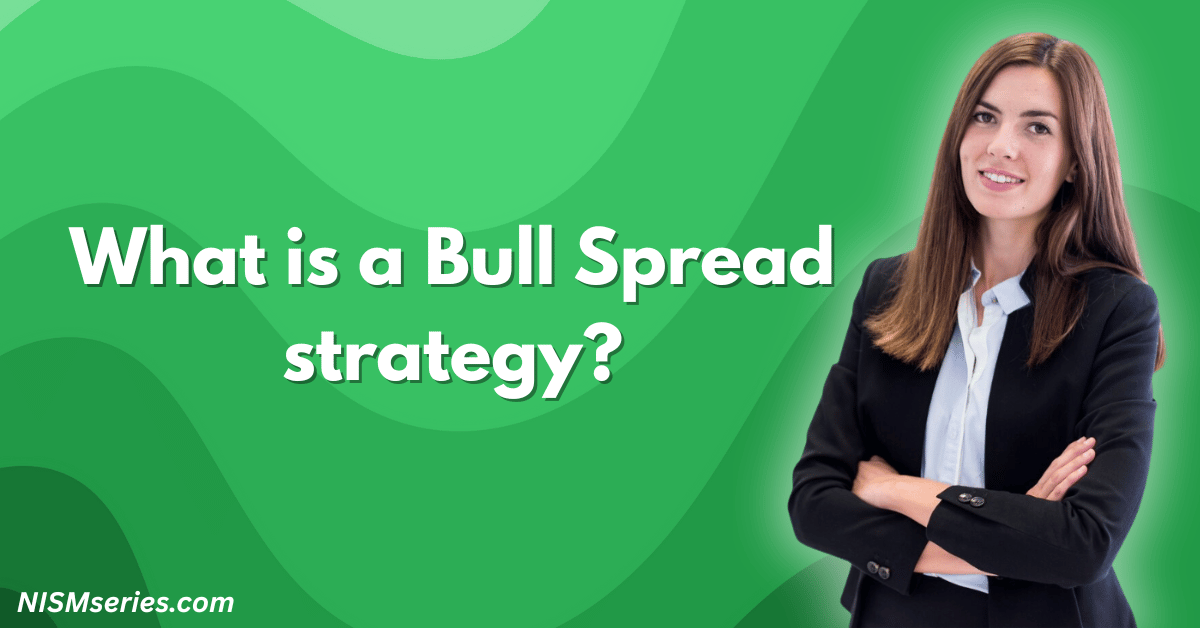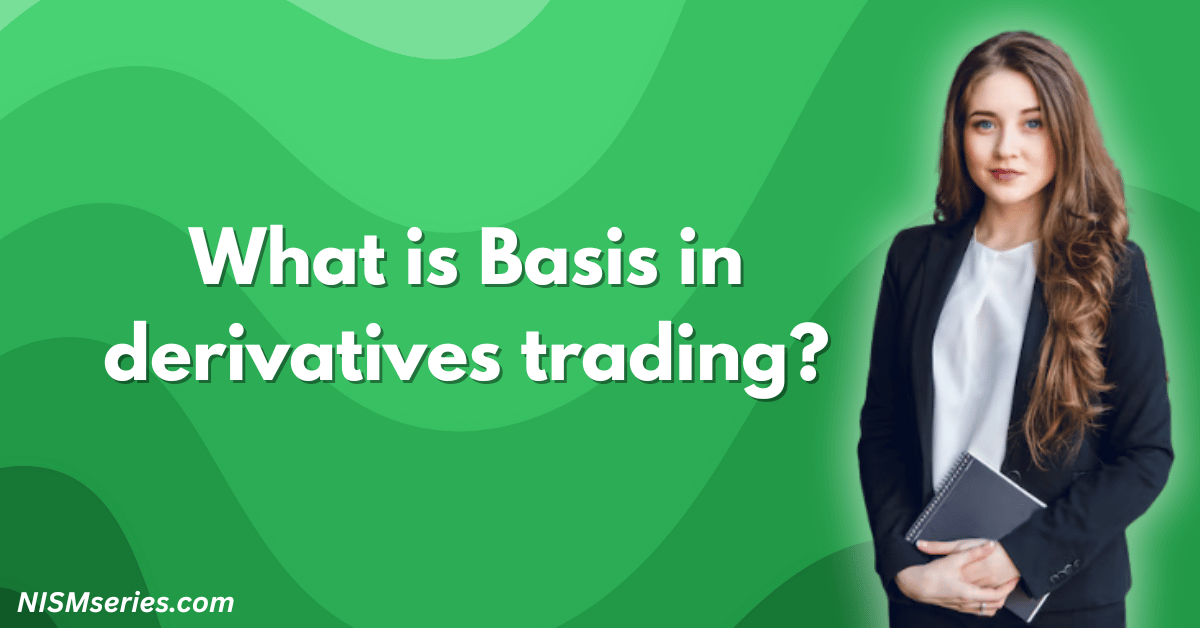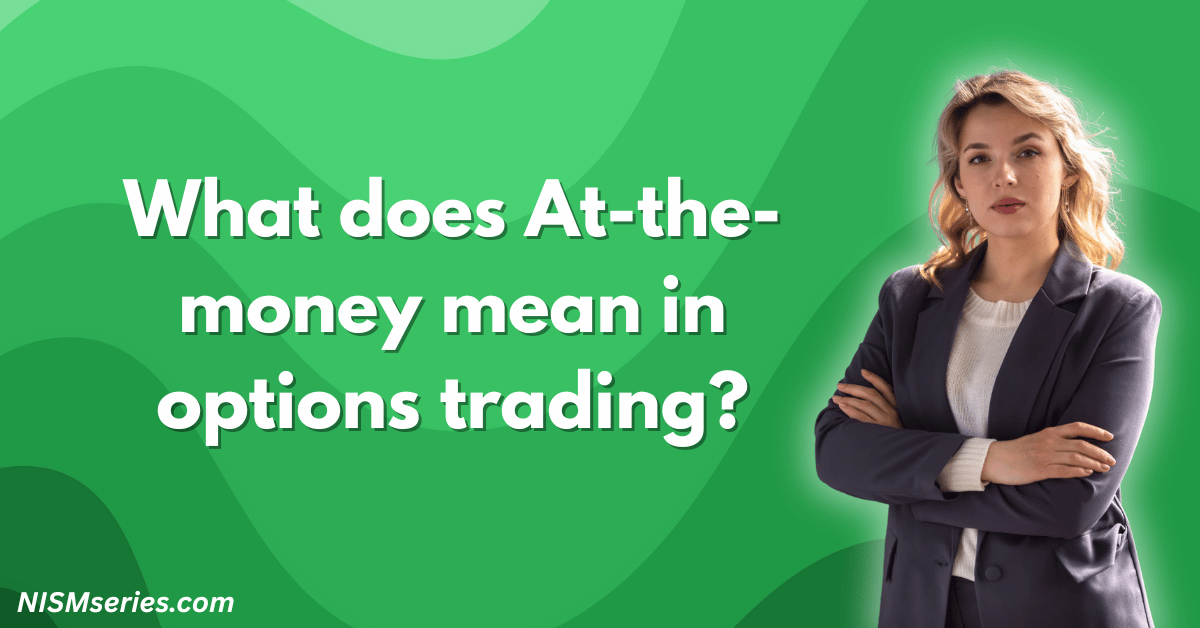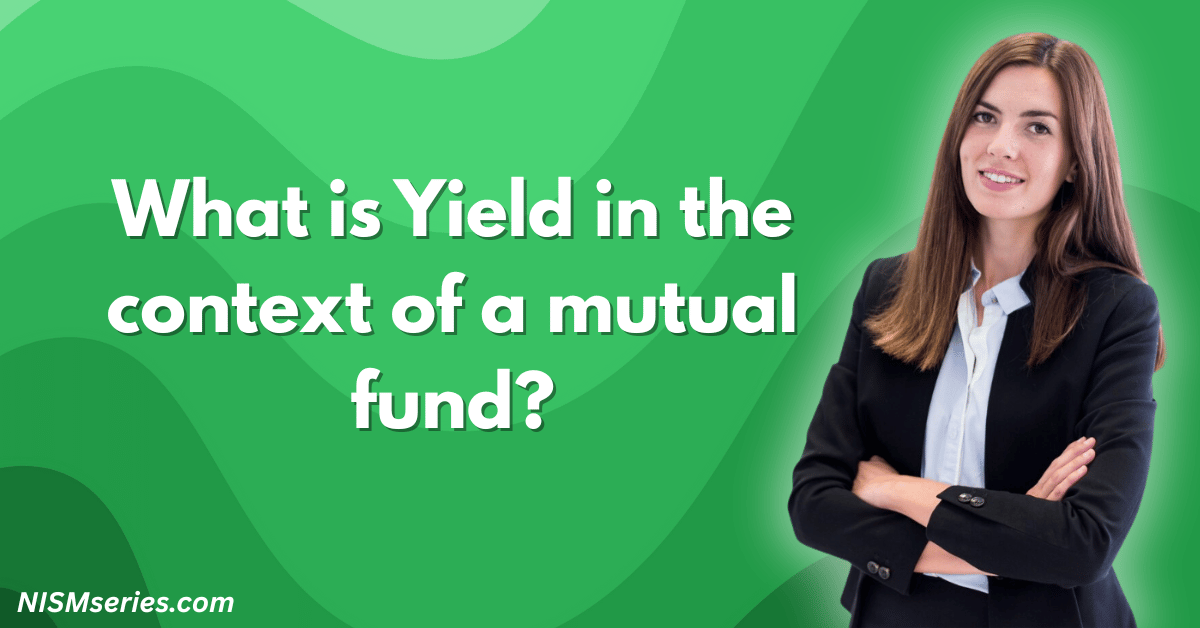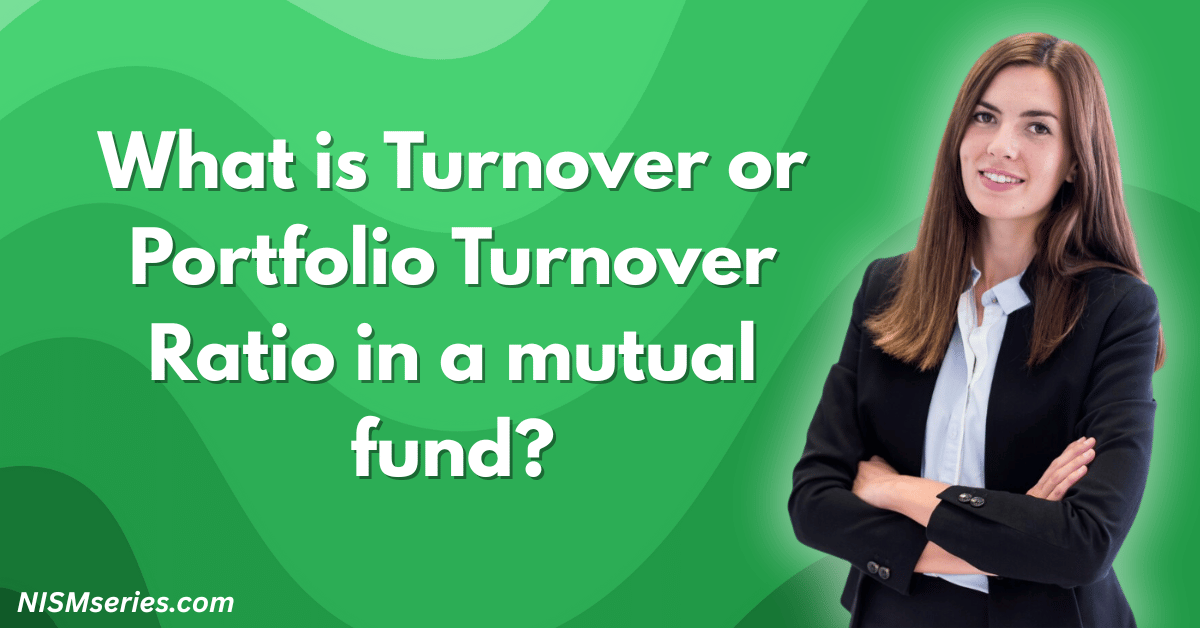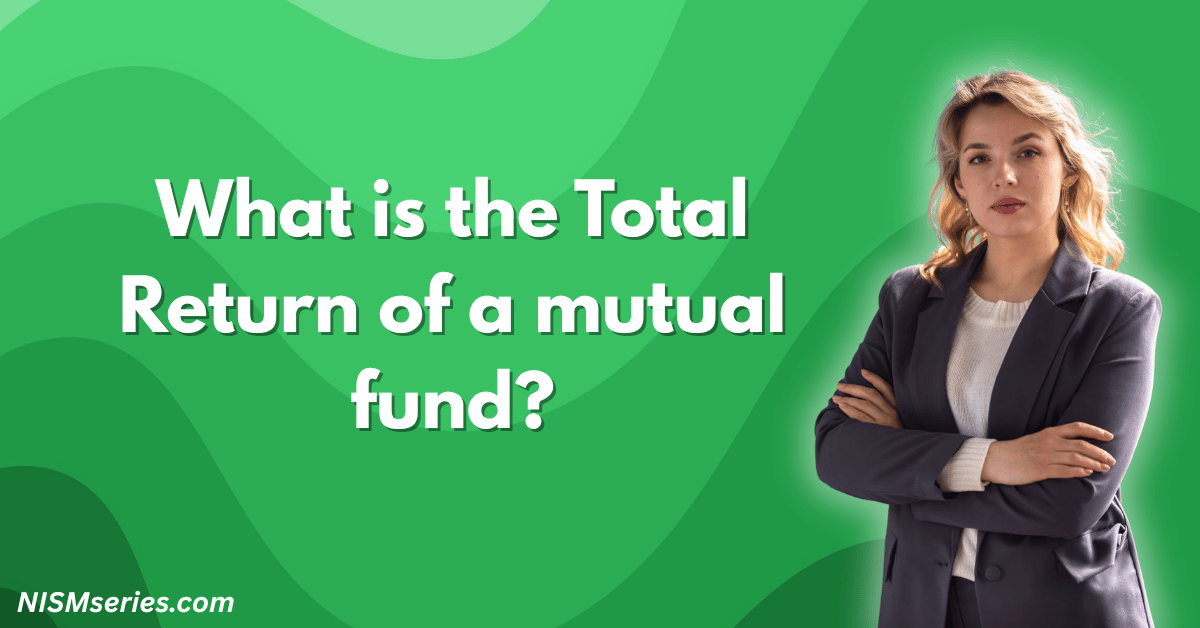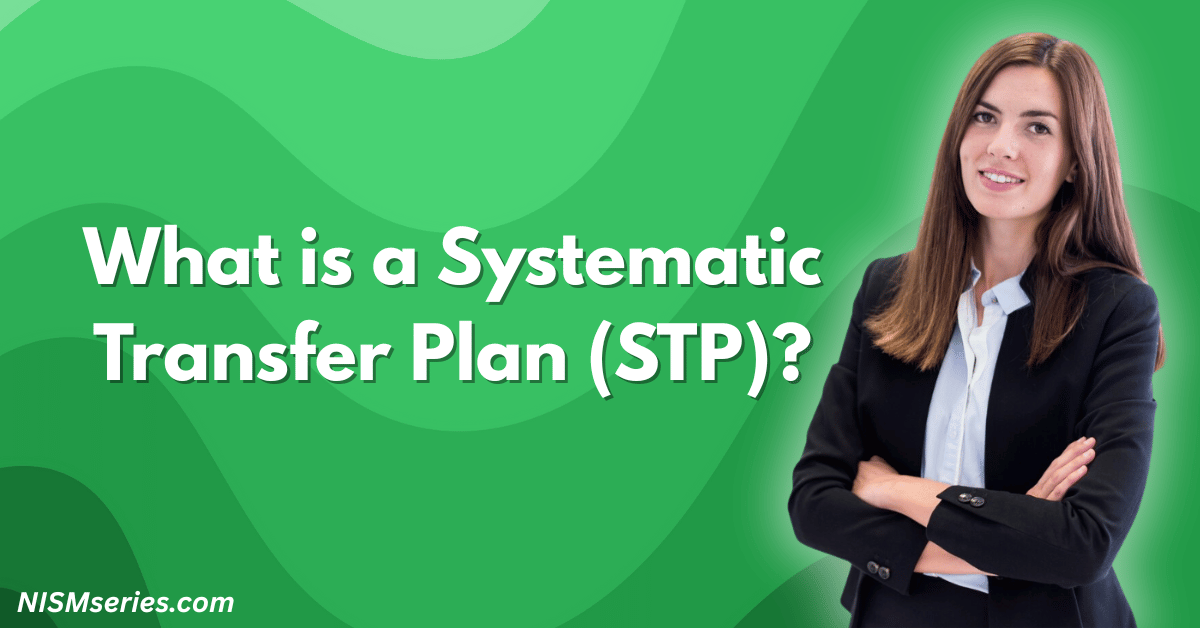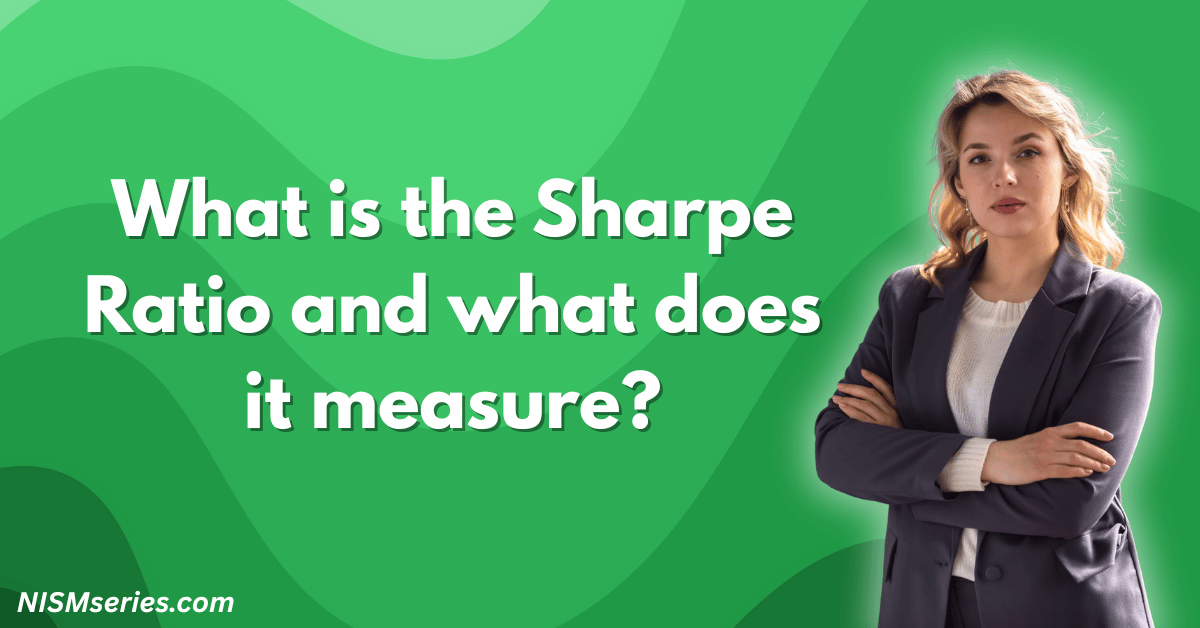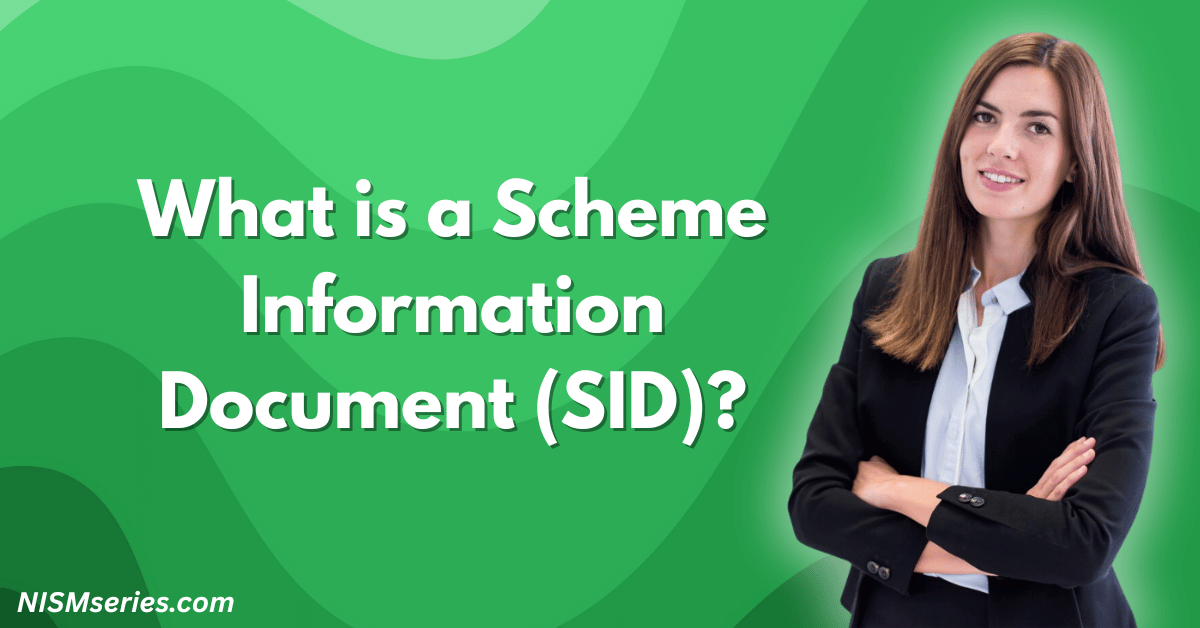Close ended funds are a special kind of mutual fund. They start with a fixed amount of money and have a strict end date. These funds only sell a set number of units once, when they first launch. After that, you cannot buy more units from the fund company. Unlike open-ended funds, close ended funds lock in your money until the fund ends.
The main feature of close ended funds is their “closed door” policy. Once the first sale (the New Fund Offer or NFO) is over, the fund is shut to new money. This creates a sealed investment. This design is the only reason fund managers get a stable amount of money to work with for the fund’s life.
Table of Contents
Understanding Close Ended Funds
How Do Close Ended Funds Work?
Close ended funds have a smart way of working. First, they raise all their money during the NFO period. The fund company launches the fund with a clear goal. This could be investing in stocks, bonds, or a mix of both. The fund managers then use all that money to invest. The best part is, they never worry about people suddenly taking their money out.
After the NFO, the fund’s units are listed on the stock exchange. You can buy and sell them just like stocks. Supply and demand set the price. The price can be higher or lower than the fund’s real value (the Net Asset Value or NAV). This means the fund has two prices: its real value and its market price.
NFO and Investment Process Explained
The NFO is the only chance to invest in a new close ended fund. This offer is open for a short time, from 15 to 30 days. This is a strict SEBI rule. You can buy the units for a set price of ₹10 each. To invest, you must have your KYC done. You can apply online, on the fund company’s website, or with a paper form.
The smallest amount to invest in a close ended fund is usually ₹5,000. This is higher than the ₹500-₹1,000 needed for open ended funds. Once the NFO is done, the fund stops taking new money. The fund manager’s only job then is to meet the fund’s investment goals.
Close Ended Fund Features and Benefits
Key Features of Close Ended Funds
Fixed Investment Corpus
The best feature of close ended funds is that their total money never changes. Once the NFO ends, the fund size is locked in until it matures. This gives fund managers a predictable amount of money to work with. They can plan their investments perfectly. This fixed money removes the problems open ended funds have with money coming in and out.
Predetermined Maturity Period
Close ended funds always have a fixed end date, usually between 3 and 7 years. This fixed timeline is the only way for fund managers to perfectly match their investment plans with specific goals. These goals could be to grow your money, give you a steady income, or a mix of both. This end date also tells you exactly how long your money will be invested. No surprises.
Stock Exchange Trading Mechanism
After the NFO, the units of a close ended fund become like stocks. You can trade them on the stock exchange. This lets you buy or sell your units at the market price. The price is set by the market. This creates big chances to make money when the market price is different from the fund’s real value (NAV).
Benefits of Close Ended Fund Investment
Stable Asset Management for Fund managers
The locked-in money gives fund managers total stability. This is a huge advantage. They never worry about people suddenly pulling their money out. This means they can make smart, long-term plans. They can invest in things that are not easy to sell but could make a lot of money. This stability leads to better investment choices and safer risk management.
Professional Portfolio Management
Close ended funds give you access to the best expert investors. You do not have to worry about picking stocks or bonds yourself. The fund managers use smart and complex investment plans that are impossible in open ended funds. This is because those funds need to be able to sell things quickly.
Market-Based Pricing Opportunities
You can trade these funds on the stock exchange. Smart investors can make a lot of money from this. When a fund’s market price is much lower than its real value (NAV), you can buy it very cheap. When the market price is higher, you can sell it for a big profit.
Close Ended Funds vs Open Ended Funds
Liquidity Differences Between Fund Types
Open ended funds let you get your money out at any time. You sell your units back to the fund company at the day’s NAV price. This is instant. Close ended funds are different. You can only sell your units on the stock exchange. You have to find a buyer, and the price will be the market price. This is a huge difference that you must understand before you invest.
Investment Flexibility Comparison
With open ended funds, you can invest a big chunk of money at once or small amounts regularly using an SIP. This lets you average out your buying cost. This is a good thing. With close ended funds, you can only invest once, during the NFO. There are no SIPs. This means you must put all your money in at once.
Pricing Mechanism Variations
Open ended funds have a clear price. It is the NAV, which is calculated every day. This guarantees you always buy or sell at a fair price. Close ended funds have a market price that can be different from the NAV. This can be a huge opportunity or a huge risk.
Close Ended Fund Investment Considerations
Types of Close Ended Funds
Equity Close Ended Funds
These close ended funds only invest in stocks. Their only goal is to make your money grow big over a long time. The fixed end date lets the fund manager hold onto stocks even when the market is bad. This is the only way to get the best long-term results.
Debt Close Ended Funds
These close ended funds only invest in bonds and other debt products. A popular type is the Fixed Maturity Plan (FMP). It has a clear end date and gives you a certain profit. Another special type is the Capital Protection-Oriented Fund (CaPrOF). These funds put 80% of your money in super-safe bonds. They put the rest in stocks to try and grow it a little.
Investment Risks and Market Factors
Market Risk and NAV Fluctuations
Close ended funds always have market risk. The value of the investments inside will go up and down. This will change the fund’s NAV. Funds that invest in stocks are extremely sensitive to market swings. You cannot take your money out before the end date. You will lose money if the market crashes.
Liquidity Risk Factors
You can only sell your units on the stock exchange. There is always a risk that you will not find a buyer. This is called liquidity risk. This is a big problem for funds that invest in risky bonds. You might have to sell for a much lower price than you want.
Who Should Invest in Close Ended Funds?
Close ended funds are only for smart investors with a clear plan and long-term goals. They are for people who can lock up their money for many years. They are also the only choice for people who want to invest in special things that you cannot find in regular funds.
If you are a very careful investor, a debt close ended fund is the right choice for you. If you want big growth and can handle big risk, a stock close ended fund is the only way to go. The right choice always depends on your own money goals and how much risk you can take.
FAQ
Can I redeem close ended funds before maturity?
No. You cannot get your money back from the fund company before the end date. The only way to get your money out is to sell your units on the stock exchange. The price will be the market price at that time.
How is close ended fund pricing determined?
A close ended fund’s price has two parts. The NAV is the real value of all the investments inside. It is calculated every day. The market price is the price on the stock exchange. It can be higher or lower than the NAV. It all depends on how many people want to buy or sell the fund.
What happens when a close ended fund matures?
When the fund reaches its end date, it is shut down. You will get all your money back based on the final NAV price. Sometimes, a fund might change into an open ended fund. But if this happens, the fund company must get your permission first. You will always get your full money back plus any profit it has made.
Are close ended funds suitable for SIP investments?
No. You cannot do an SIP in a close ended fund. You can only invest once, during the NFO. You must invest all your money at once. This means you do not get the benefit of averaging your cost. You must plan your investment carefully.
How do I buy close ended fund units after NFO?
After the NFO, you can only buy units on the stock exchange. You must have a demat account and a trading account. You can only buy units if other investors want to sell them. The price will always be the market price, not the NAV.





